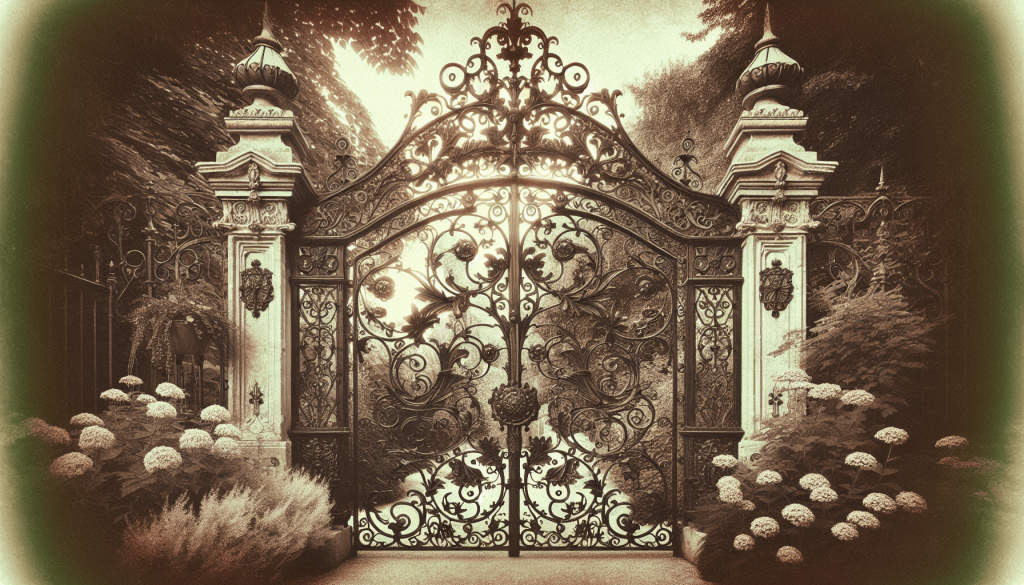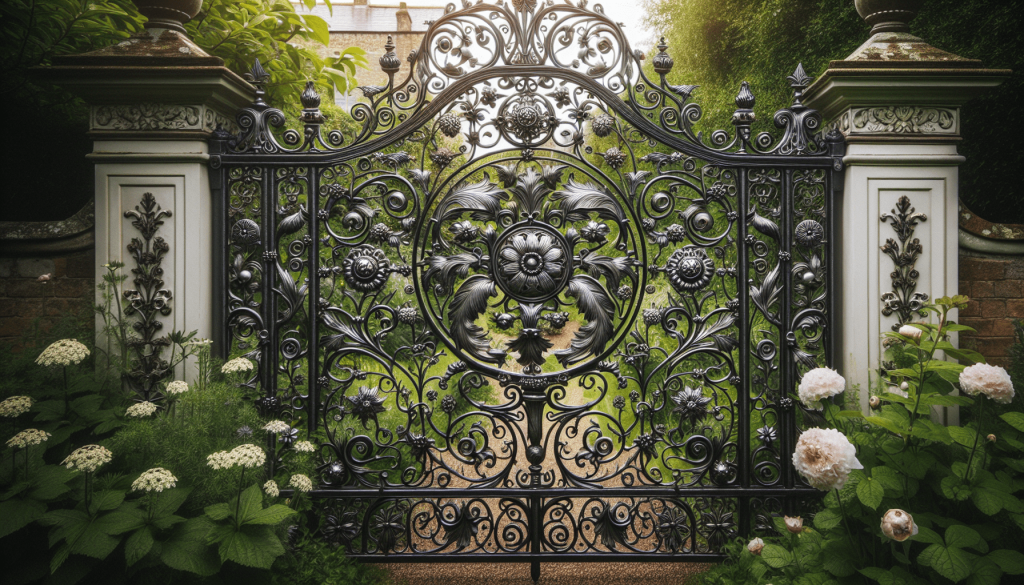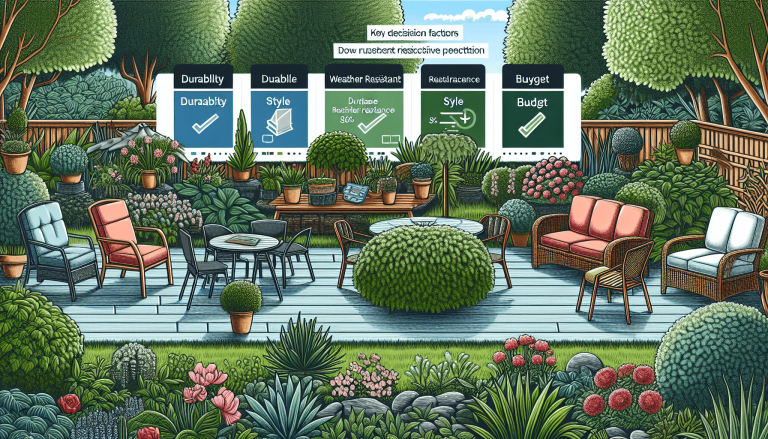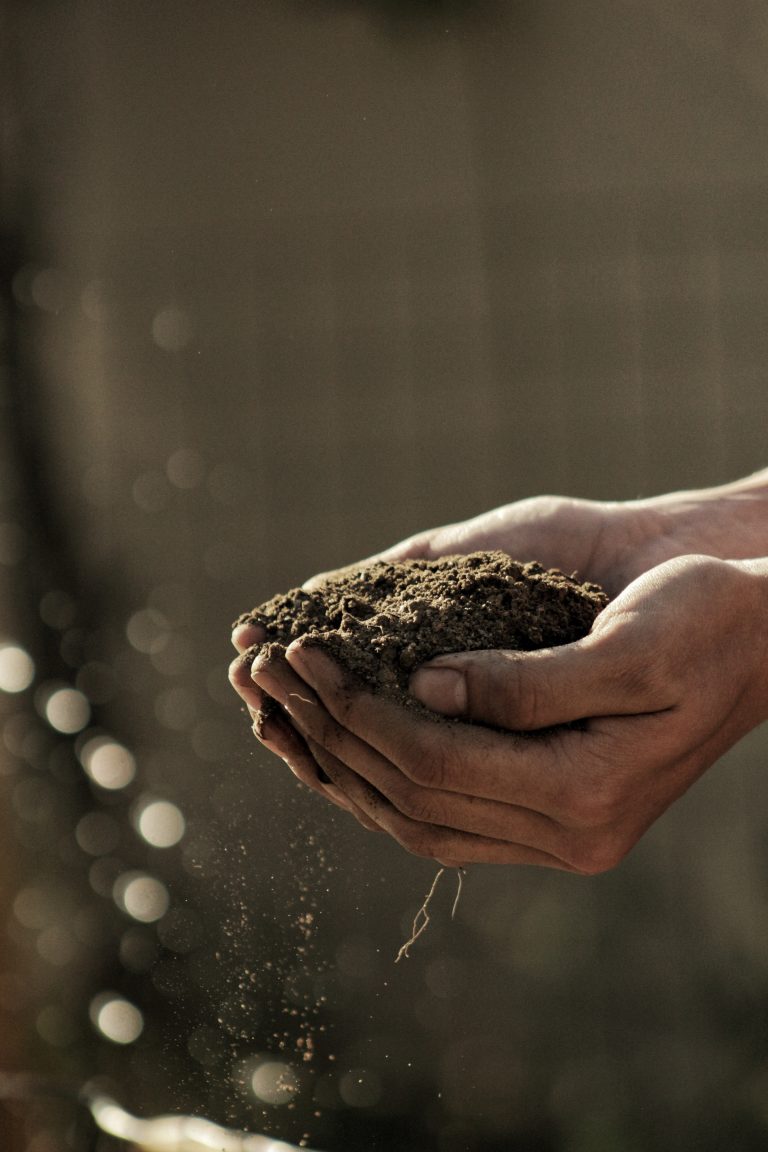If you’re looking to transport yourself back to the elegance and charm of the Victorian era right in your own backyard, designing a garden with a Victorian-era influence is the perfect way to do it. With its signature features such as intricate wrought ironwork, colorful flowerbeds, and neatly trimmed hedges, a Victorian-inspired garden can create a sense of nostalgia and timeless beauty. In this article, we’ll explore some key elements and tips to help you design a garden with a Victorian-era influence in the UK, allowing you to step into the past while enjoying the present beauty of your outdoor space.
Table of Contents
ToggleResearching Victorian Garden Designs
When designing a garden with a Victorian-era influence in the UK, it’s crucial to understand the key elements of Victorian-era gardens. By researching and studying historical garden design books and resources, you can gain valuable insights into the design principles and aesthetic preferences of that time. Look for books and resources that specifically focus on Victorian garden designs, as these will provide you with the most accurate information and inspiration.
To further deepen your understanding and gather ideas, consider visiting Victorian-era gardens in the UK. These gardens have preserved the essence of the Victorian era and can serve as a rich source of inspiration for your own garden design. Wander through the gardens, taking note of the key elements that characterize Victorian style, such as meticulously designed flower beds, structured pathways, and ornate fencing.
Choosing the Right Garden Layout
One of the fundamental aspects of designing a Victorian-era influenced garden is selecting the right layout. Victorian gardens often featured symmetrical designs, which brought a sense of balance and harmony to the space. Opting for a symmetrical layout can lend a timeless and elegant appeal to your garden.
Incorporating geometric shapes is another characteristic of Victorian garden design. Use elements such as square or rectangular beds, circular flower beds or hedges, and triangular or diamond-shaped topiaries to add visual interest and structure to your garden.
To create a focal point in your garden, consider incorporating statues or gazebos strategically. These ornamental features were popular during the Victorian era and can add a touch of grandeur to your outdoor space.
Selecting Victorian-Era Plants
Choosing the right plants is crucial for achieving an authentic Victorian-era garden. Researching popular plants during the Victorian era will give you an idea of the varieties that were commonly used during that time. Consider plants such as roses, lavender, geraniums, dahlias, and hollyhocks, as these were popular choices in Victorian gardens.
Incorporating a variety of colors and textures is essential to capture the essence of a Victorian garden. Mix vibrant blooms with softer, pastel shades to create a balanced and captivating display. Additionally, consider the use of heritage or heirloom plant varieties to create a sense of nostalgia and evoke the charm of the Victorian era.
Creating Formal Paths and Walkways
Victorian gardens often featured formal paths and walkways that added structure and elegance to the overall design. To create formal paths, design straight paths with defined edges to delineate the walkways throughout your garden. This will not only add a sense of order but also provide a clear direction for visitors to navigate through the space.
When choosing materials for your paths, consider options such as gravel, bricks, or flagstones, as these were commonly used during the Victorian era. Each material offers a unique texture and aesthetic, allowing you to tailor your choice to complement the overall design of your garden.
To add a touch of greenery and further enhance the formal feel, consider planting hedges or flower borders along the paths. This will add a sense of enclosure, guiding visitors along the designated paths while adding color and fragrance to the garden.
Incorporating Ornate Fencing and Gates
In Victorian-era gardens, ornate fencing and gates were commonly used to add a touch of elegance and define the boundaries of the garden. When choosing fencing materials, opt for decorative wrought iron or wooden fences with intricate designs. These types of fences will instantly evoke the charm and sophistication of the Victorian era.
To further enhance the visual appeal, incorporate intricate details or patterns into the gate design. Consider using motifs such as vines, flowers, or geometric shapes to create a stunning focal point at the entrance of your garden.
To soften the fencing and gate, consider the use of climbing plants. Plants such as roses, clematis, or jasmine can be trained to grow along the fences and gate, enhancing the overall aesthetic and providing a romantic atmosphere.
Installing Victorian-Inspired Garden Structures
To truly capture the essence of a Victorian-era garden, consider adding some iconic garden structures that were popular during that time. A Victorian-style greenhouse or conservatory can serve as a focal point in your garden, creating a space for cultivating delicate plants and providing a retreat for relaxation and contemplation.
Another popular structure in Victorian gardens was the pergola or arbor. These structures, often adorned with climbing plants, provided shaded areas for outdoor seating and added a touch of grace and grandeur to the garden.
For an additional touch of elegance, incorporate a decorative garden pavilion or summerhouse. These structures, with their intricate details and architectural elements, create a picturesque setting and allow for intimate gatherings or serene moments of solitude.
Including Water Features
Water features were highly favored in Victorian-era gardens and added a sense of tranquility and charm. Consider installing a Victorian-style fountain or water basin as a centerpiece in your garden. These features not only create a soothing atmosphere but also serve as a focal point, adding visual interest.
If space permits, consider adding a pond or small water garden. These aquatic features were a significant part of Victorian garden designs and provided a diverse habitat for plants and wildlife. Enhance the natural beauty by incorporating water features such as cascades or waterfalls, which add movement and sound to the garden.
Selecting Period Furniture and Garden Decor
To complete the Victorian-era aesthetic in your garden, carefully select period-appropriate furniture and garden decor. Wrought iron or wooden furniture with intricate designs will beautifully complement the overall design. Consider adding seating areas, such as wrought iron benches or a cozy bistro set, to create intimate spaces within your garden.
Incorporate decorative garden statues or sculptures to add a touch of artistry and elegance. These ornamental elements can be strategically placed throughout the garden, evoking a sense of grace and beauty. Victorian-style garden lighting fixtures such as lampposts or lanterns can also enhance the evening ambiance and add a touch of nostalgia.
Incorporating Formal Flower Beds
Formal flower beds were a hallmark of Victorian-era gardens and showcased the mastery of horticulture. To create a similar effect, design flower beds in symmetrical shapes, such as circular, rectangular, or diamond-shaped. This will add a sense of order and structure to your garden.
When choosing flowers for your beds, opt for a variety of period-appropriate flowers. Roses, delphiniums, foxgloves, and peonies were commonly favored in Victorian gardens for their vibrant colors and lush blooms. Incorporating topiaries or parterre designs can further elevate the elegance of your flower beds and add a touch of opulence.
Seeking Professional Help
Designing a Victorian-era influenced garden can be a complex and meticulous process. If you feel overwhelmed or seek expert guidance, consider consulting with a landscape architect or garden designer who specializes in Victorian-era designs. These professionals will bring their expertise and experience to create a garden that reflects the authenticity and beauty of the Victorian era.
For ongoing maintenance and care, you may also consider hiring gardeners or maintenance services specialized in historic gardens. These professionals will understand the specific needs and requirements of a Victorian-era garden, ensuring that your garden remains in pristine condition.
Additionally, seek advice from historical preservation societies or gardens trust organizations. They can provide valuable insights, resources, and recommendations tailored to the preservation and restoration of historic gardens. By tapping into their expertise, you can gain a deeper appreciation for the Victorian era and create a garden that pays homage to the beauty and splendor of that time.








